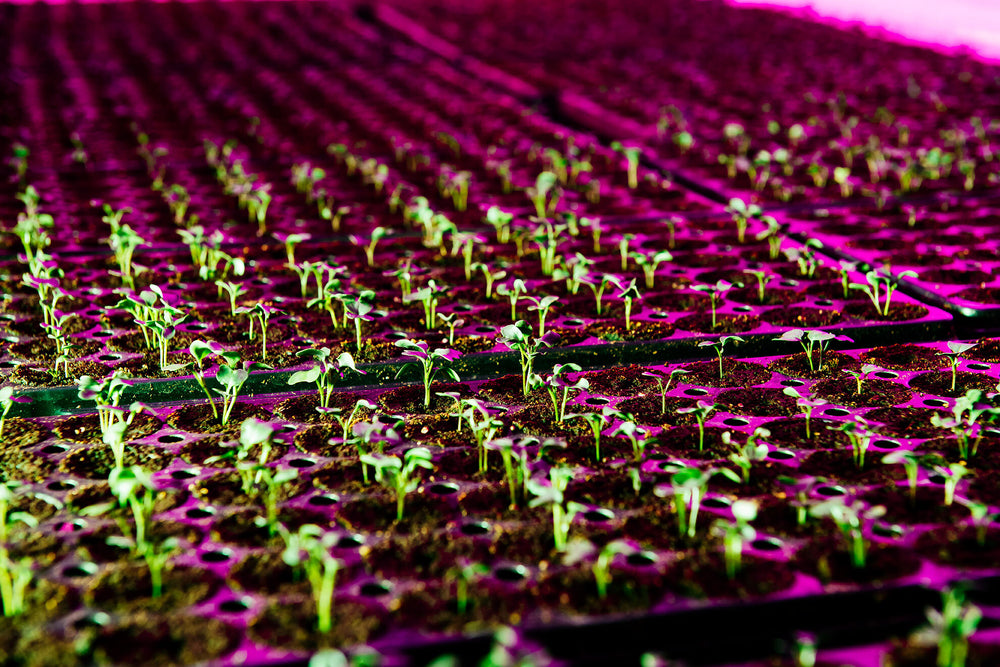
Kai Misner, our Leader of Hydroponics, has a background in soil science. This week he sounds off on how that knowledge helps him manage a growing system that uses no soil at all.

During my time at Oregon State University studying plant science, I was employed in the Crop and Soil Science Department. This fantastic opportunity gave me a chance to immerse myself in the world of soil science and complemented the plant science curriculum of my degree.
At the time I had no idea that I would eventually work in the hydroponic and controlled environment agriculture space but the combination of plant science and soil science would lend themselves to working in this industry.
Plants that are in soil, hydroponic media, or even liquid nutrient solution are still looking for the same things. At a most basic level they require light, water, air, nutrients. While it is true that nutrients dissolved in water instead of bound to soil particles present unique challenges, (specific pH ranges requirements, chelation problems, etc), hydroponic crops are still looking for the primary, secondary, and trace minerals that soil bound plants are looking for. How hydroponic plants obtain their nutrients is the key difference.
Hydroponic media provides very little innate nutrition and as growers we must supply all that the plant needs while growing in a controlled environment. This means mixing and dissolving nutrients into solution at our desired ratios to supply to the plant at the root zone. We can tailor these recipes to our exact specifications allowing us to control plant growth, shape and taste.
This is the inverse relationship that plants have with the soil environment, where nutrient supply is determined by the local availability in the soil. Plants are adaptable and can survive without the perfect conditions but may not be as healthy and nutritious as our plants grown in a controlled environment. Plants growing outdoors in soils have limiting factors or local abundances in certain nutrients and minerals. This creates responses in plant growth or flavor that is specific to the geographical location or region. We often refer to this as terroir, commonly used to describe regional flavors in wine grapes but can apply to other crops as well.
At Planted we may not be growing in local soil profiles and associated terroir but we certainly craft our nutrient recipes to our own specifications with precise light spectrum and intensity, allowing us to create our own unique versions of our crops that are full of flavor and nutrition. By controlling our growing environment indoors we are able to create and finely tune our own Planted terroir.
